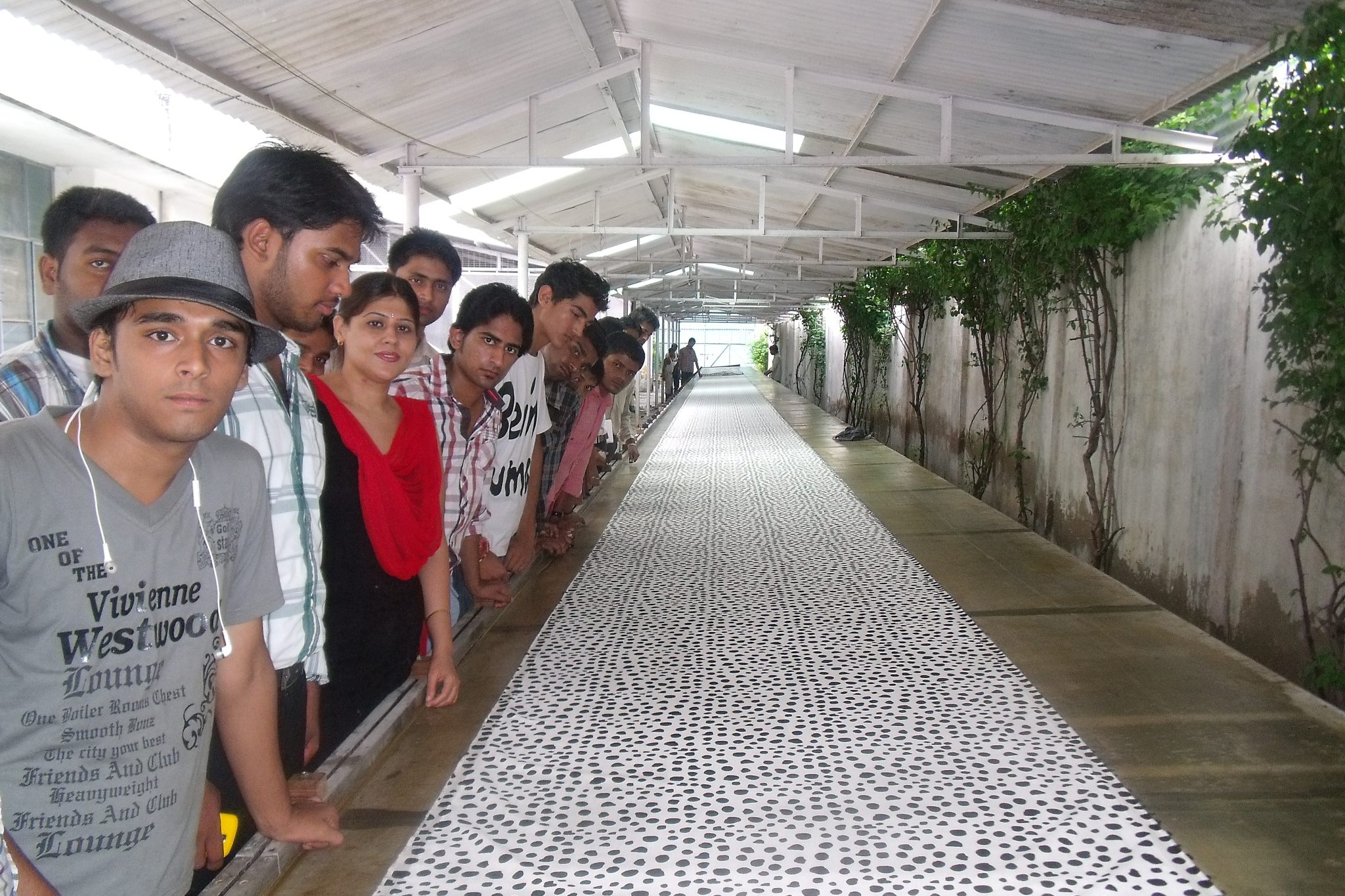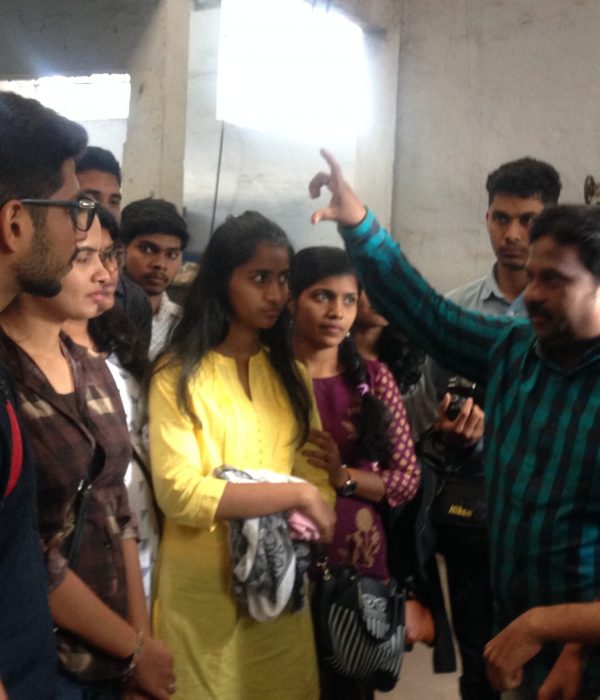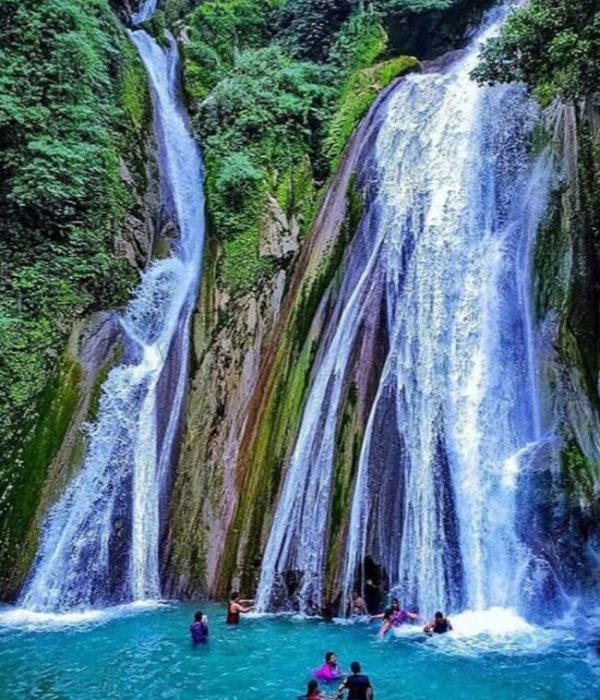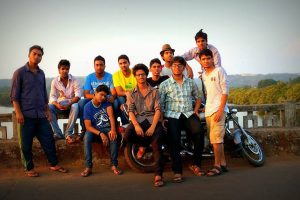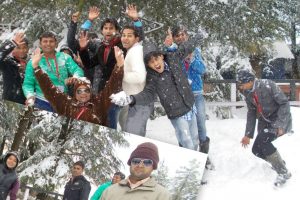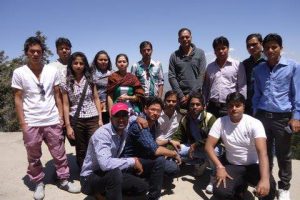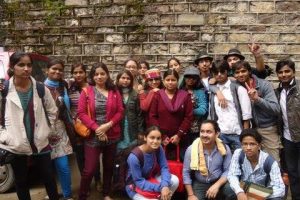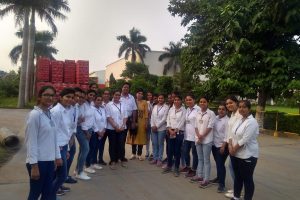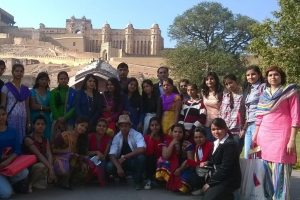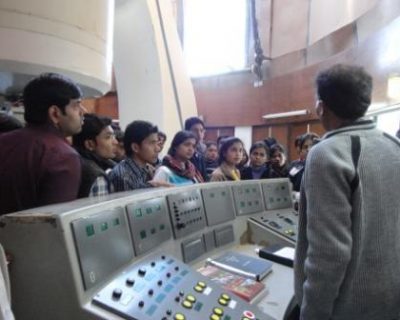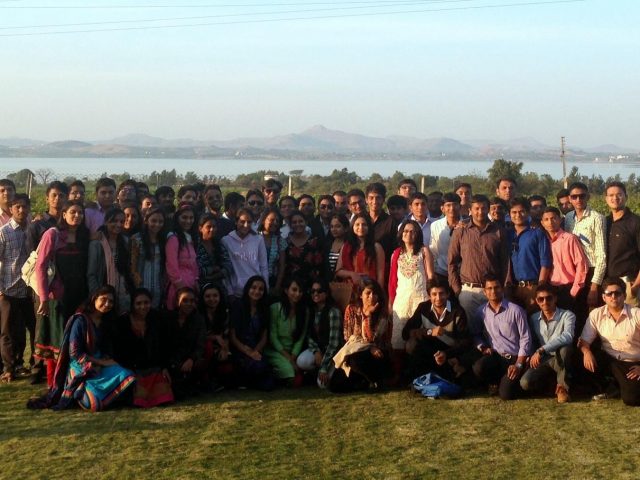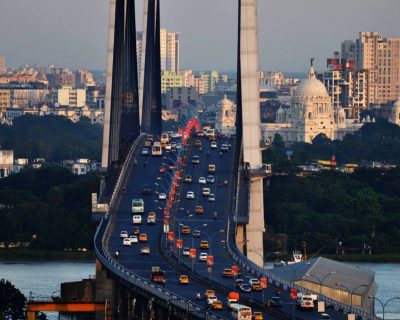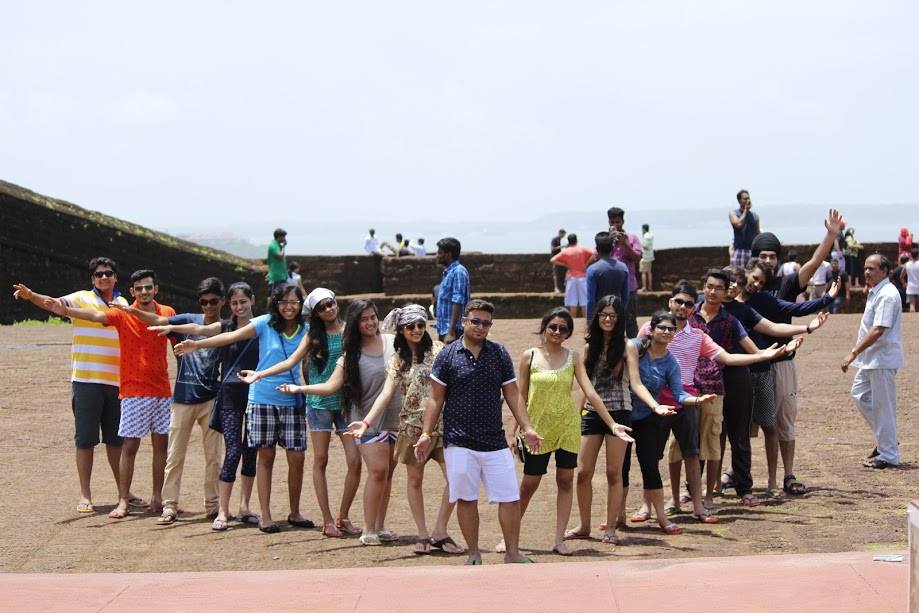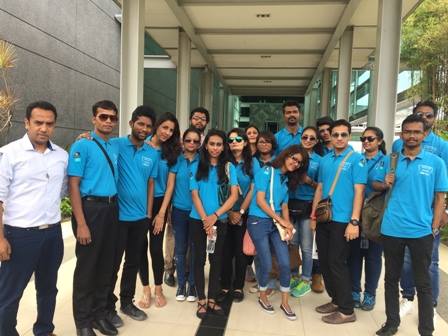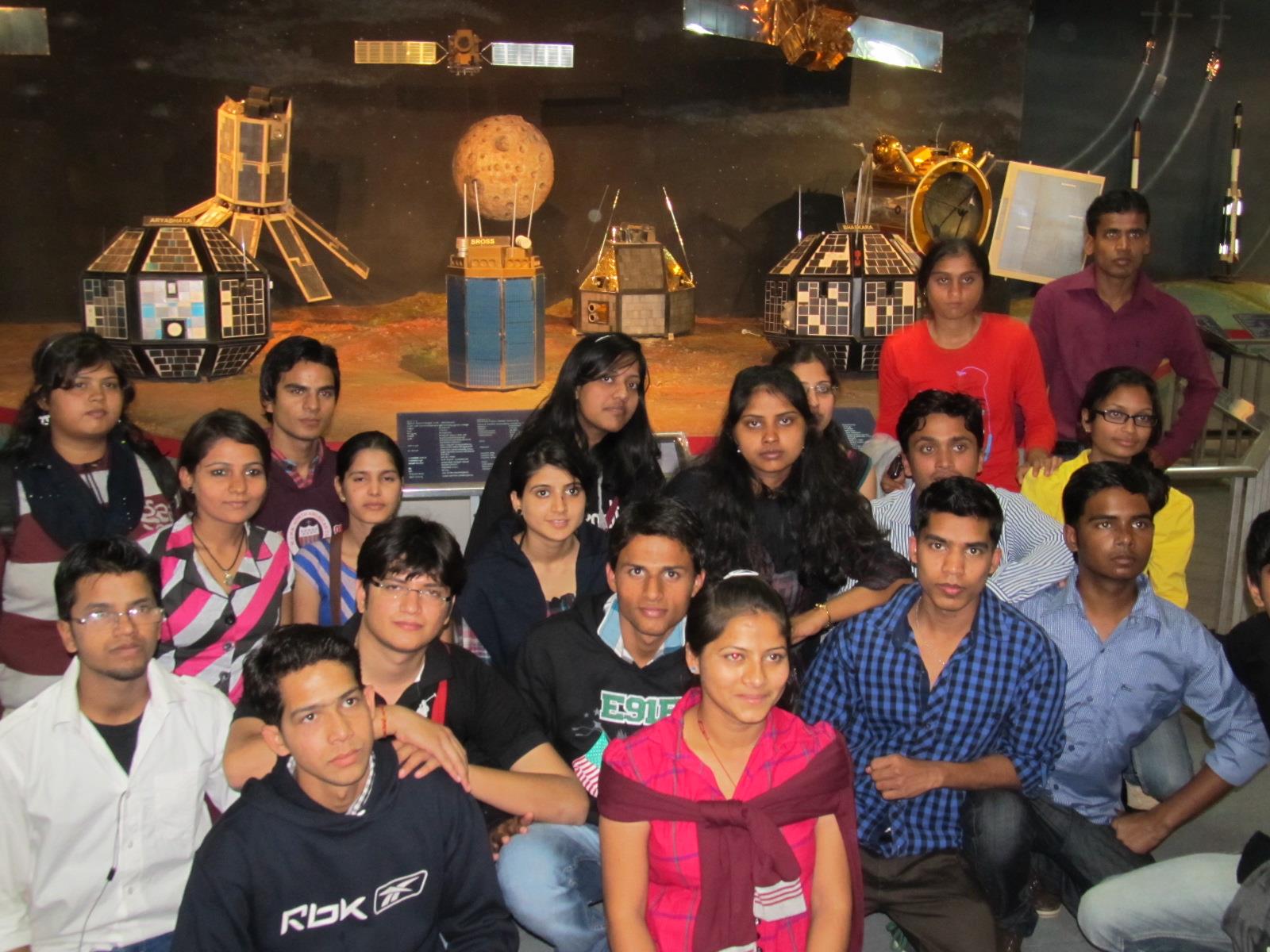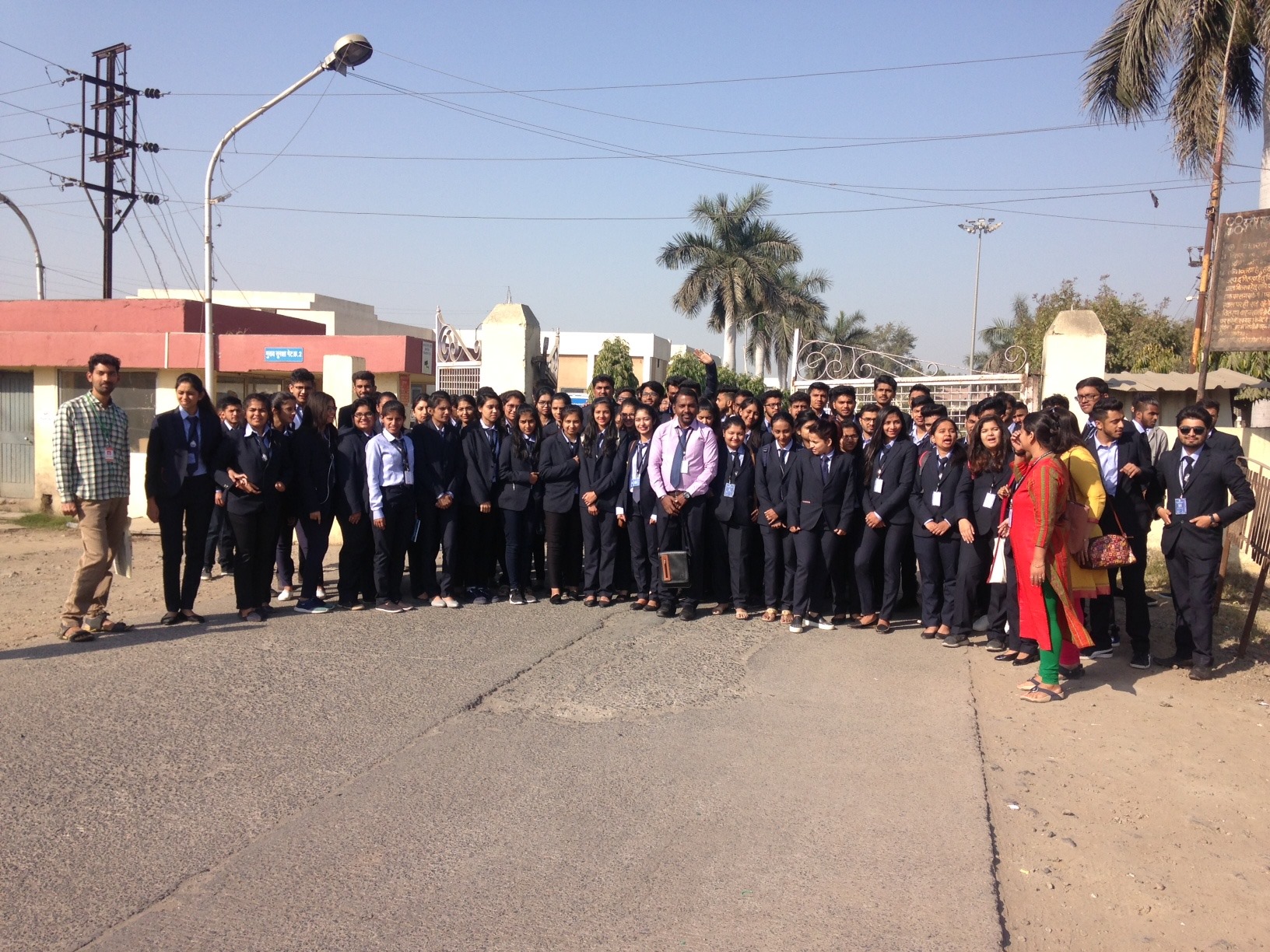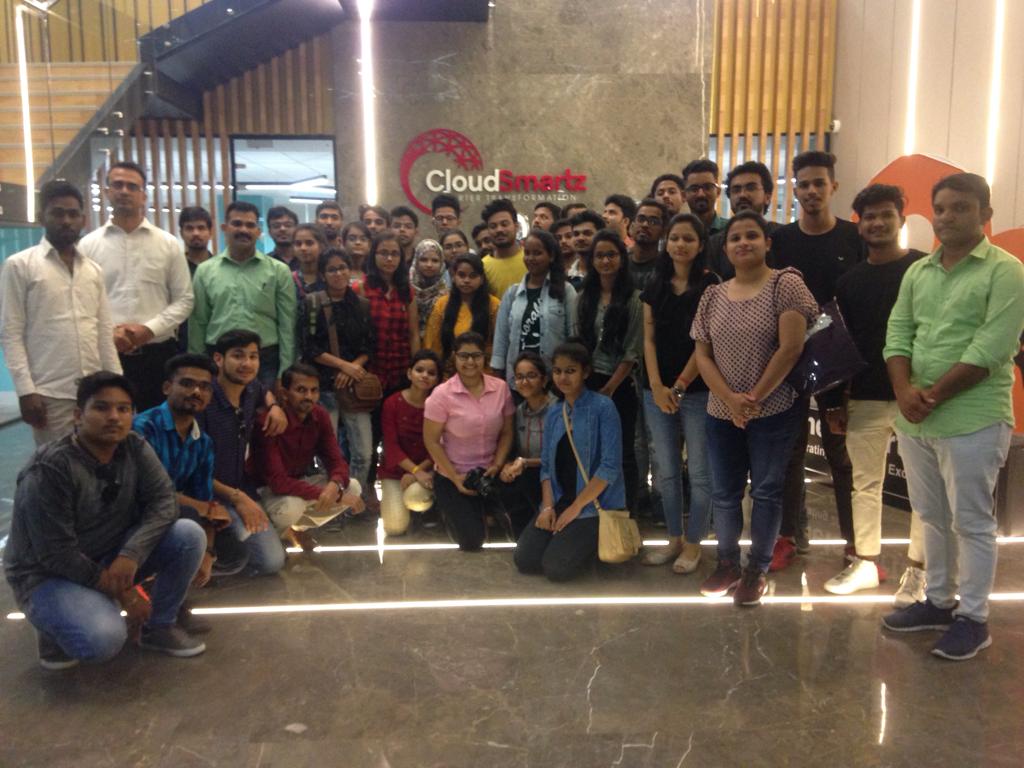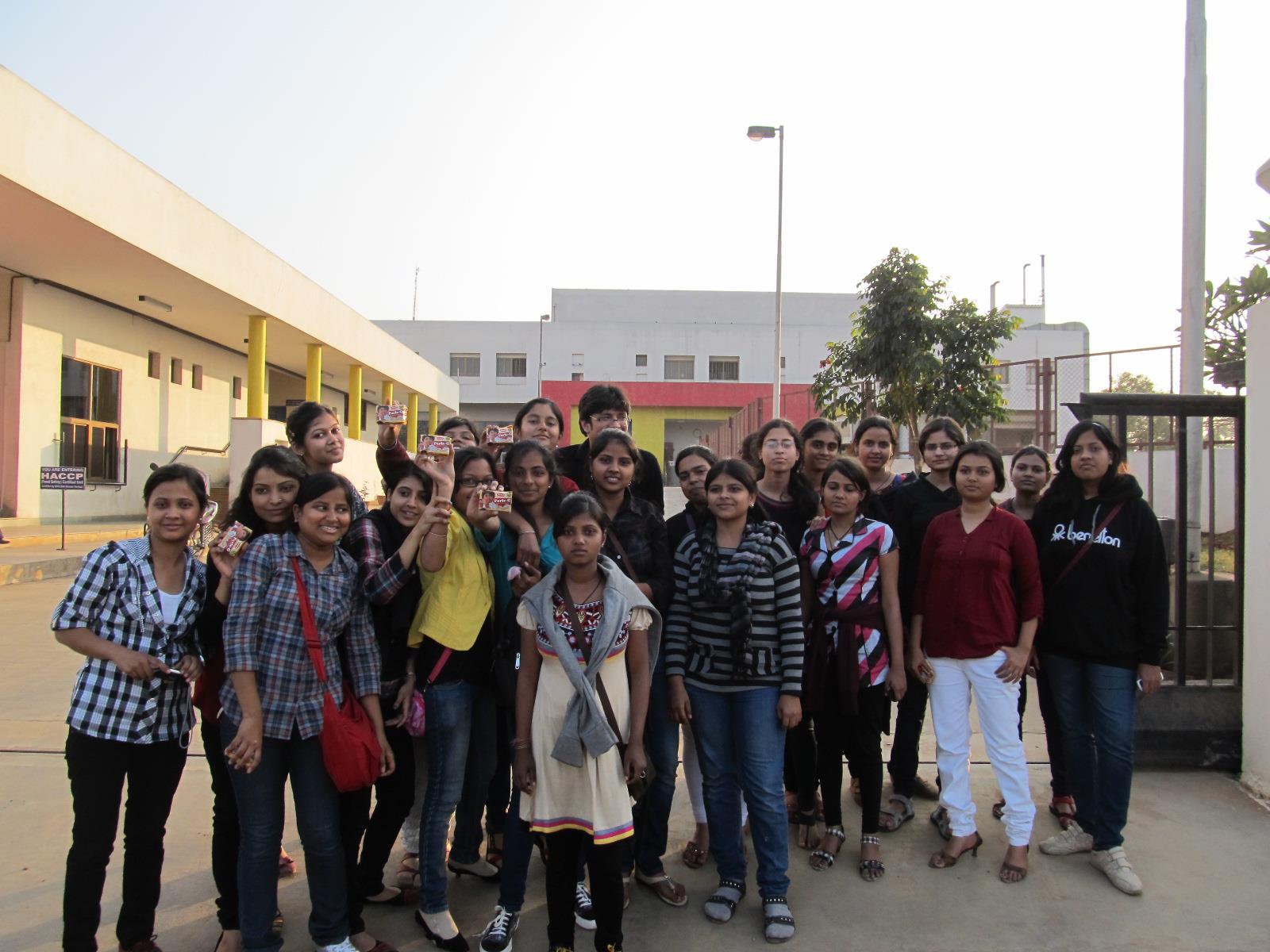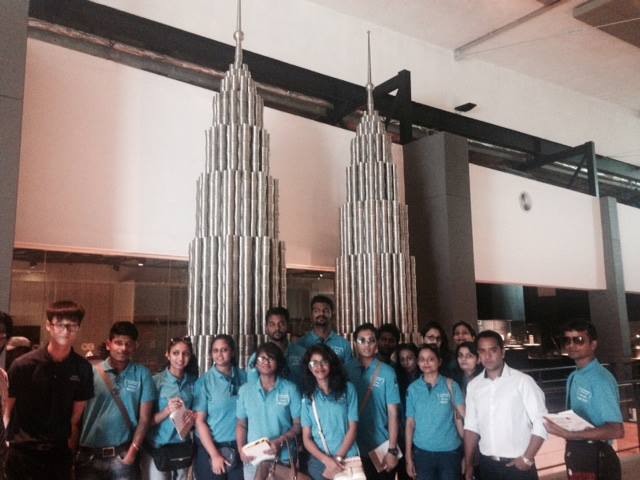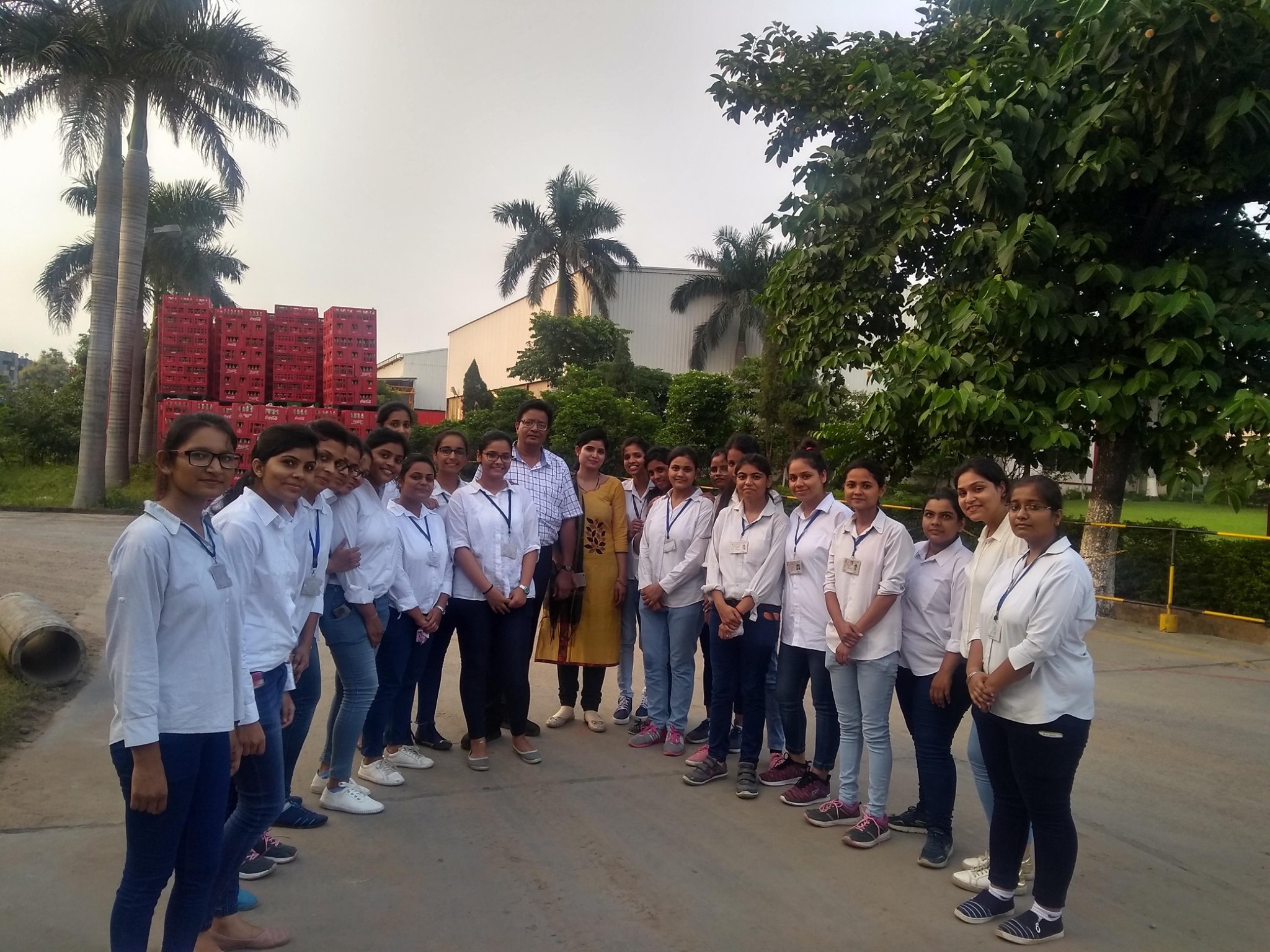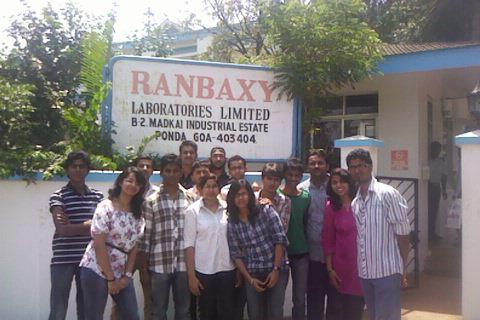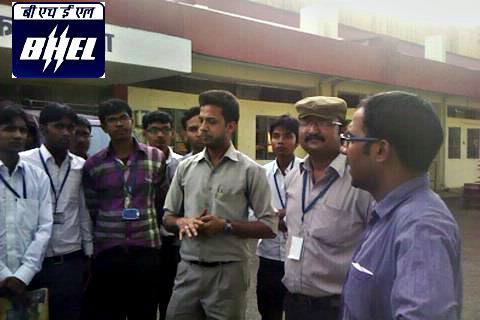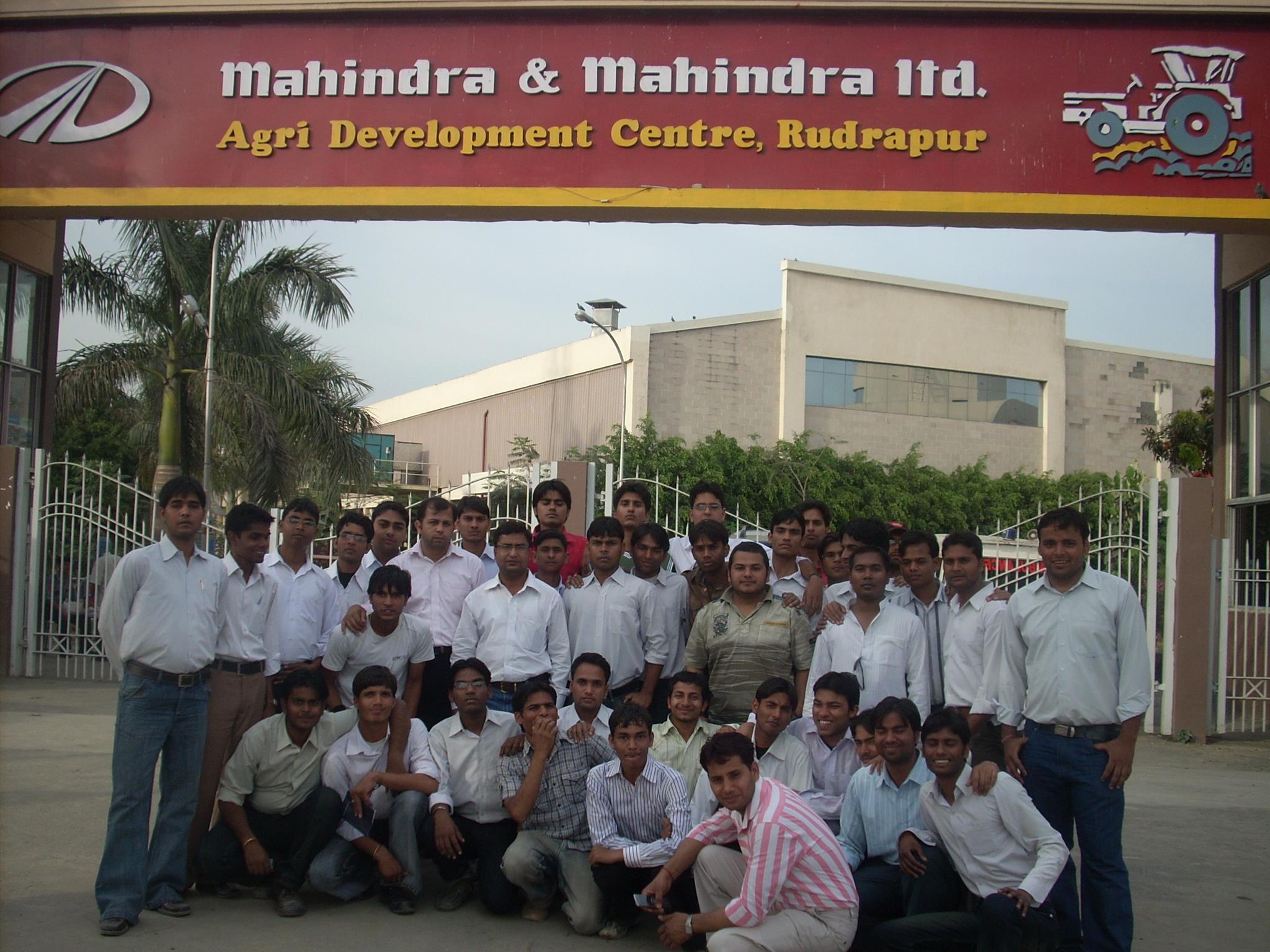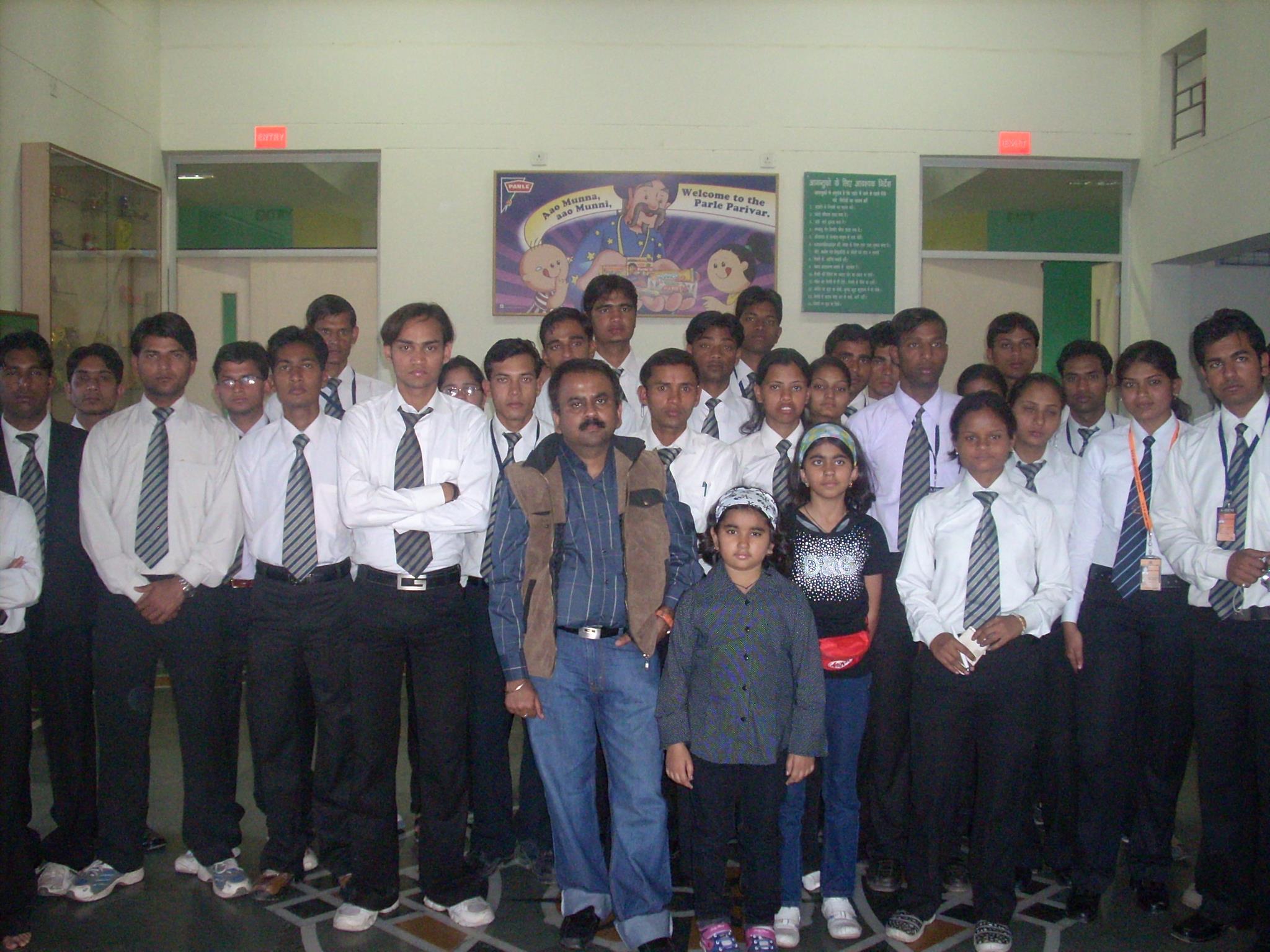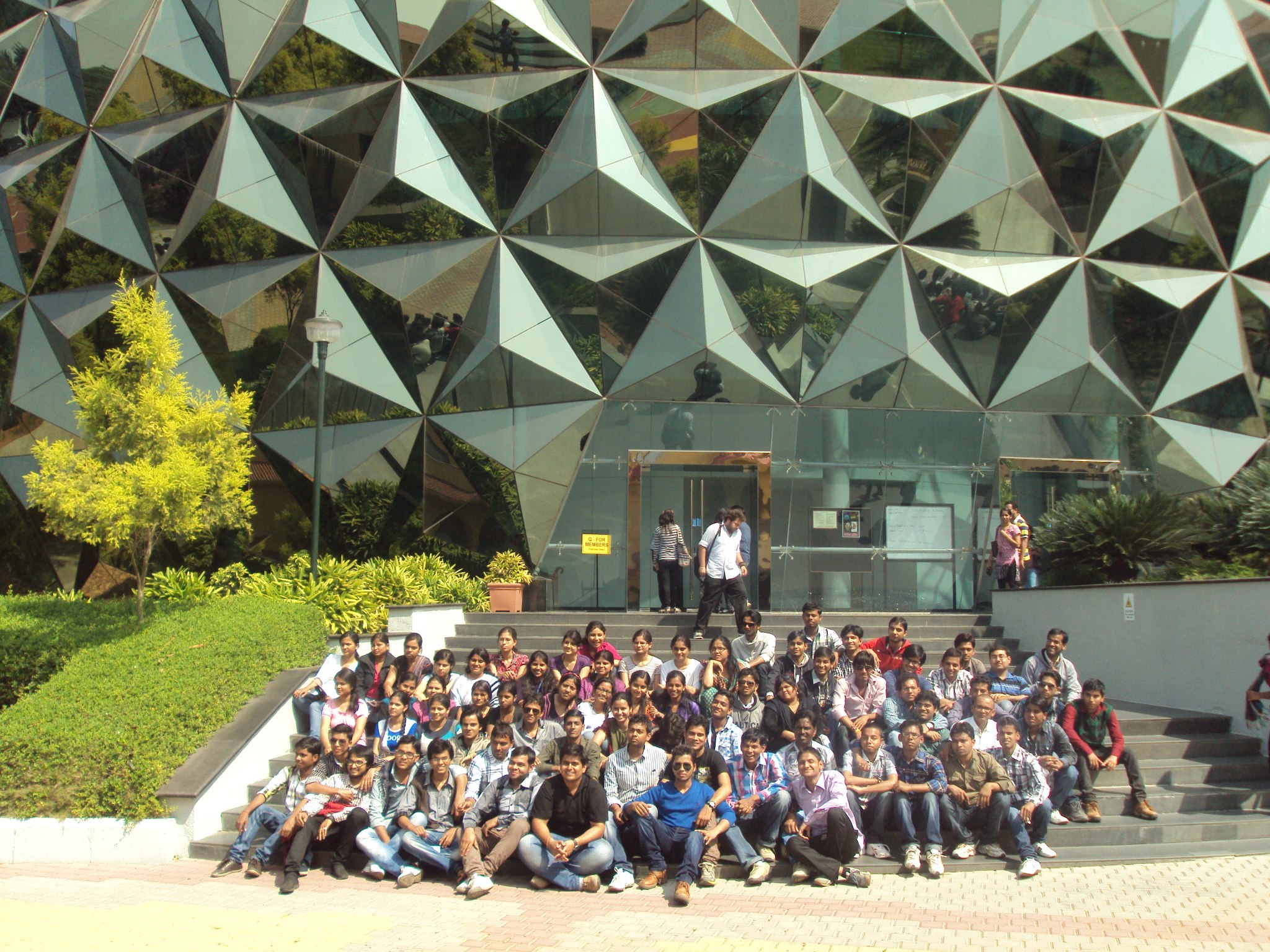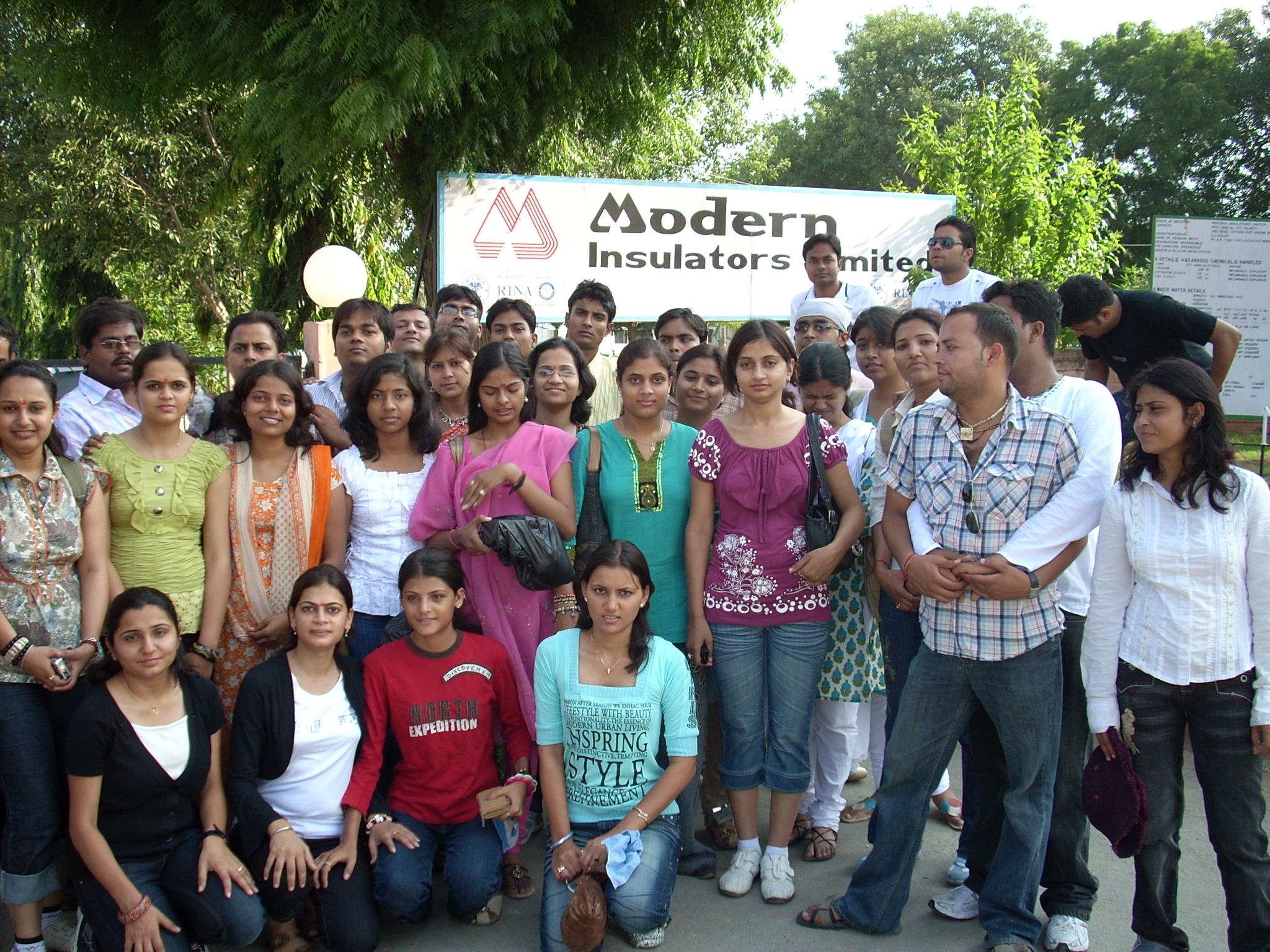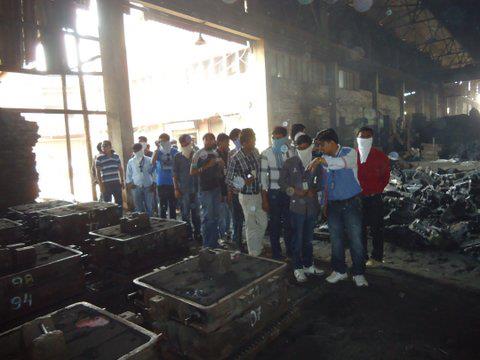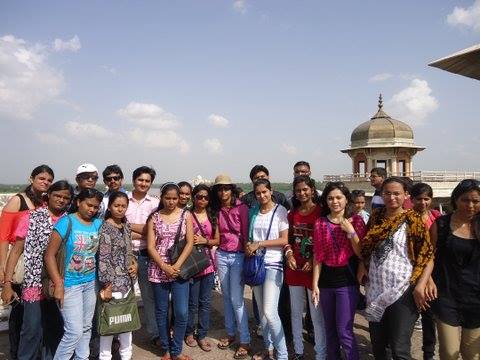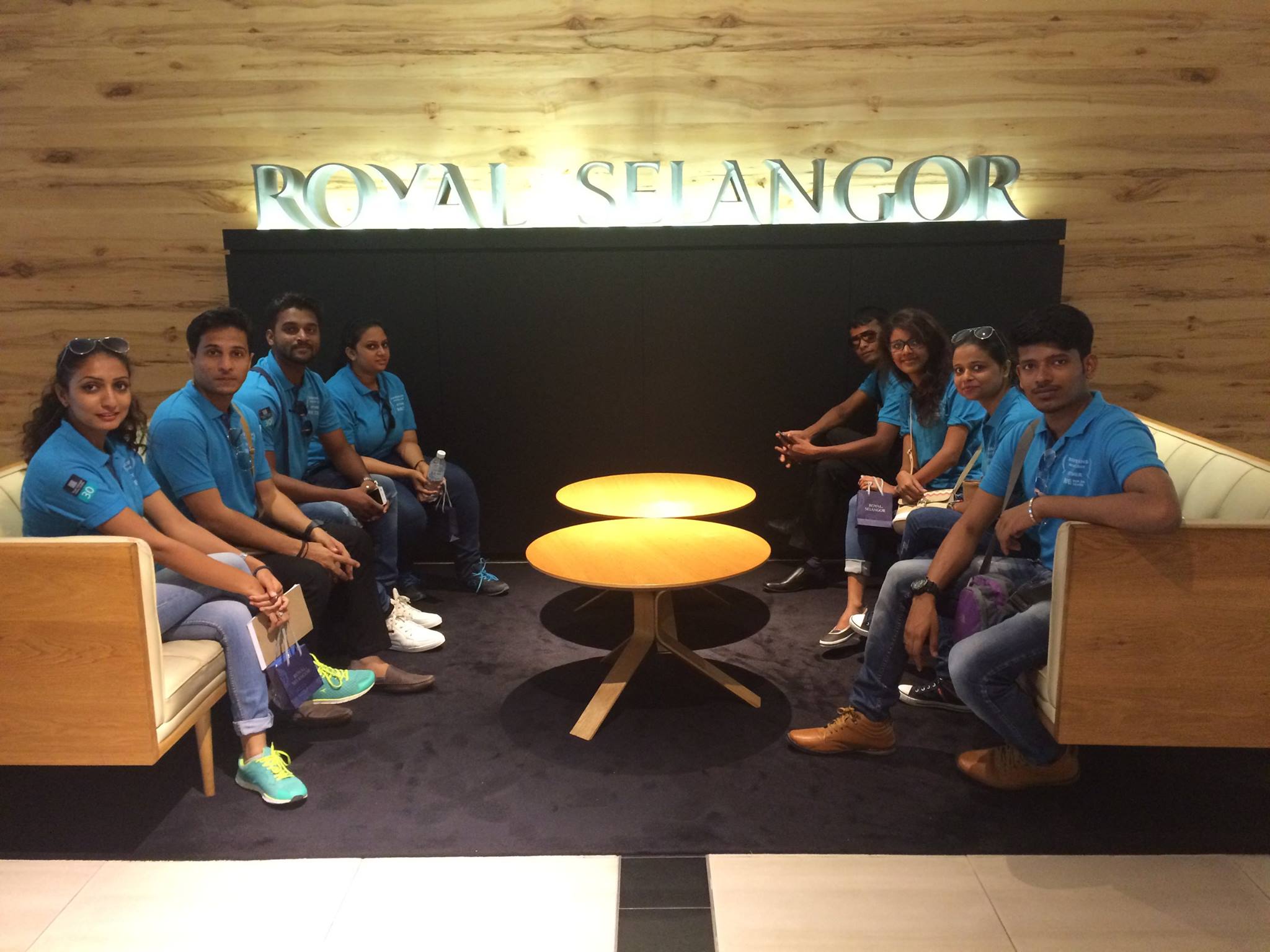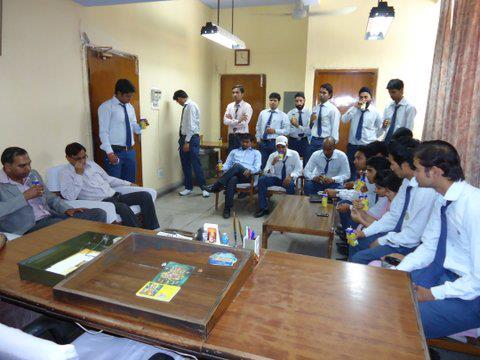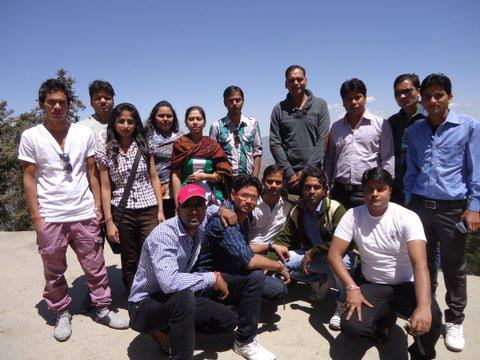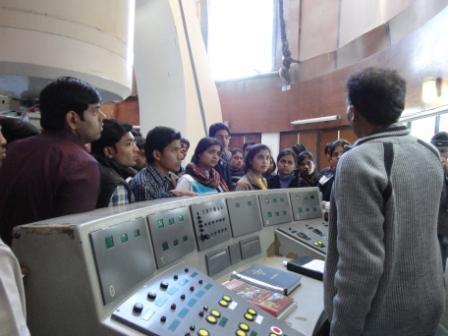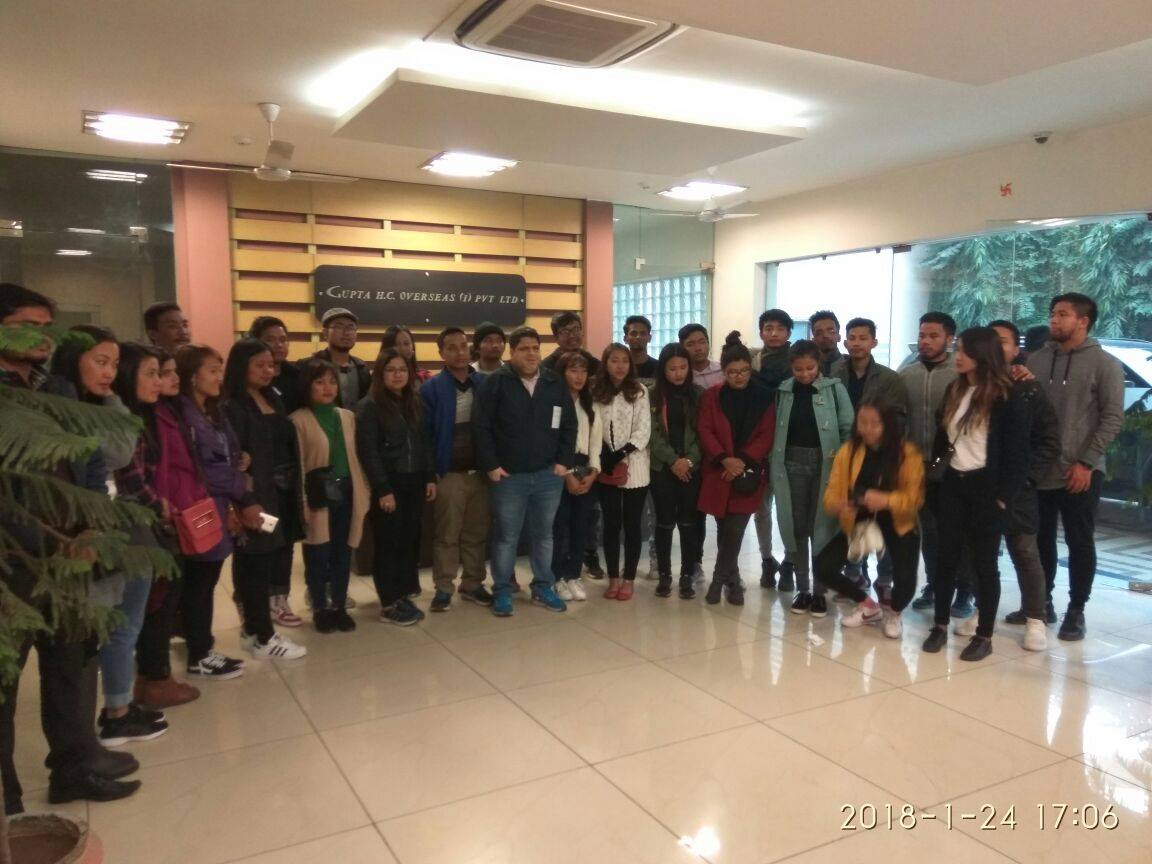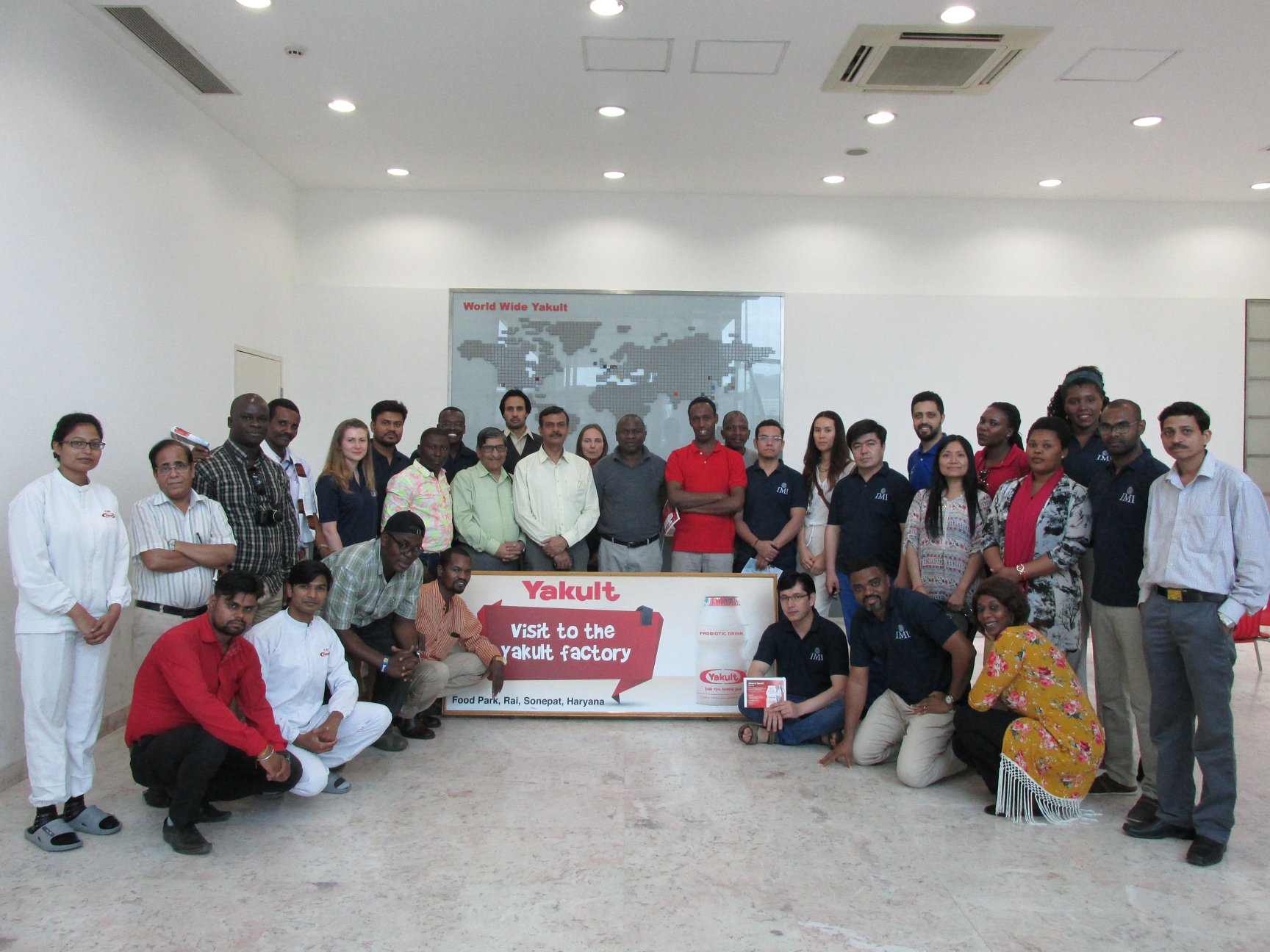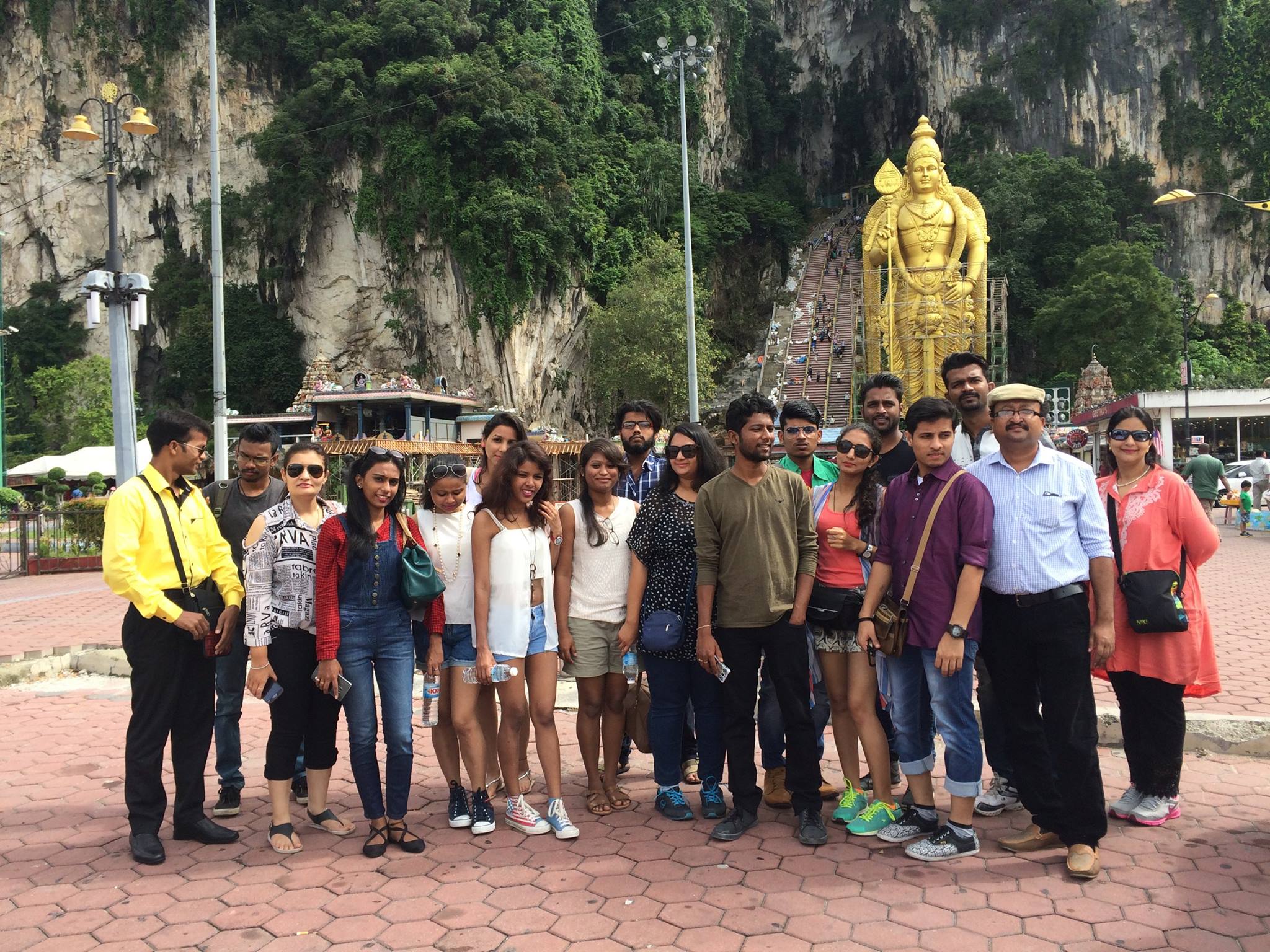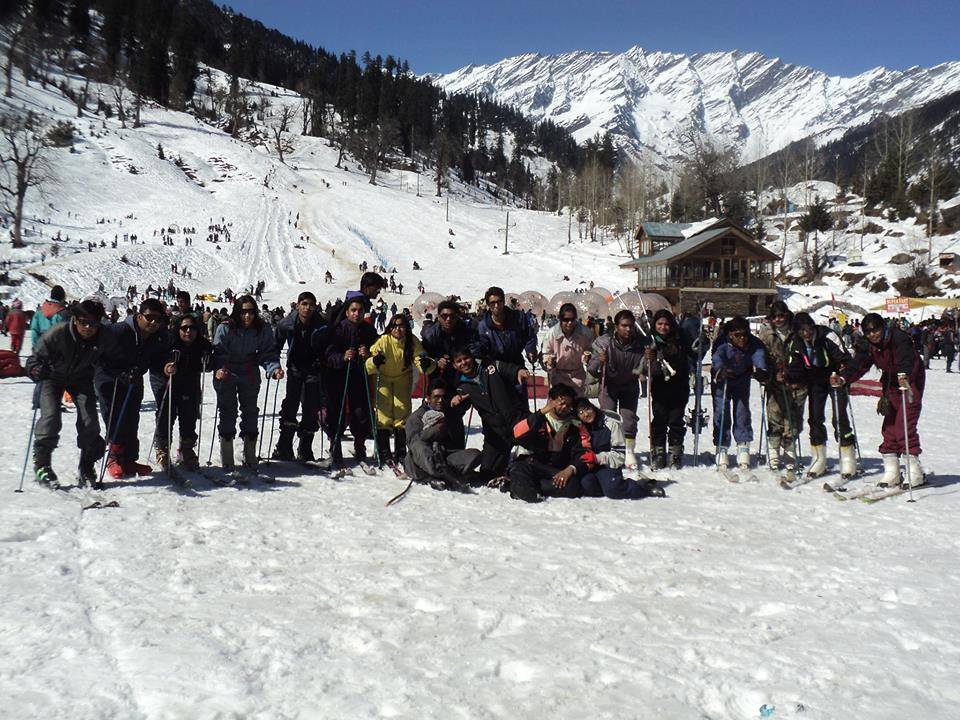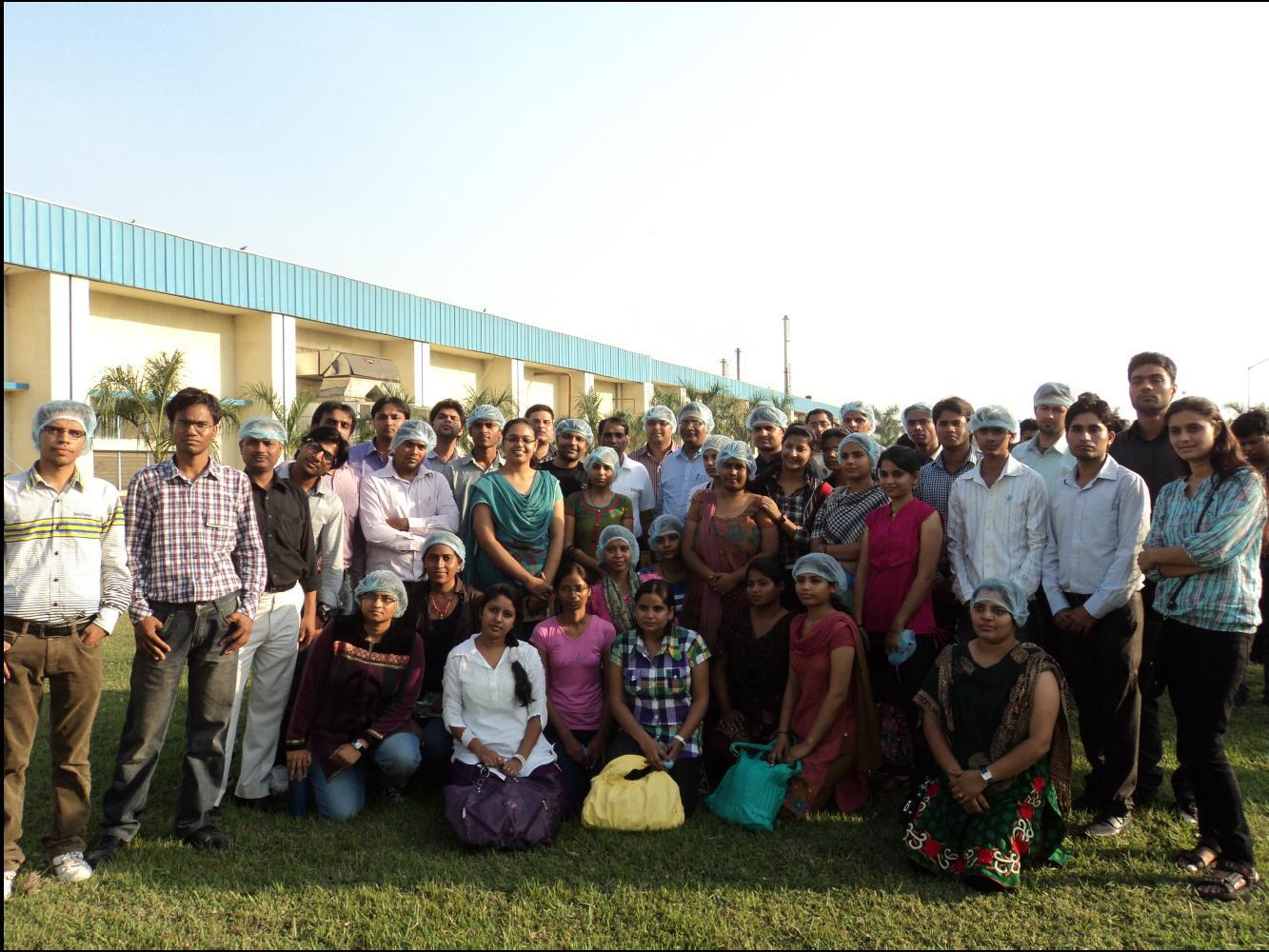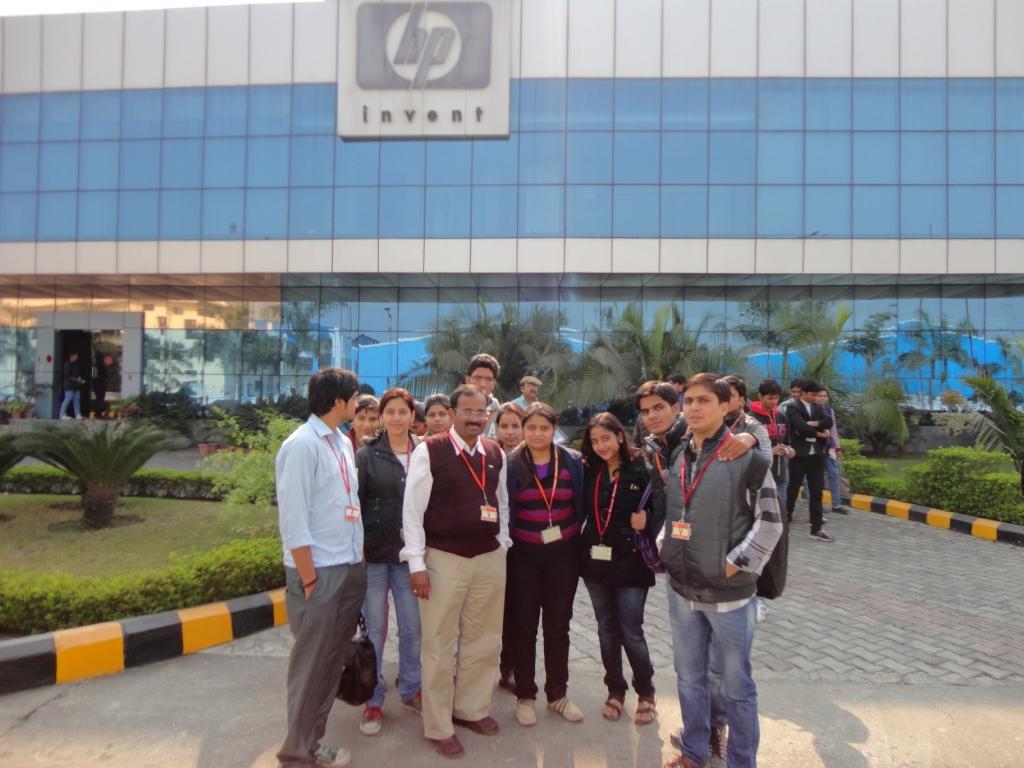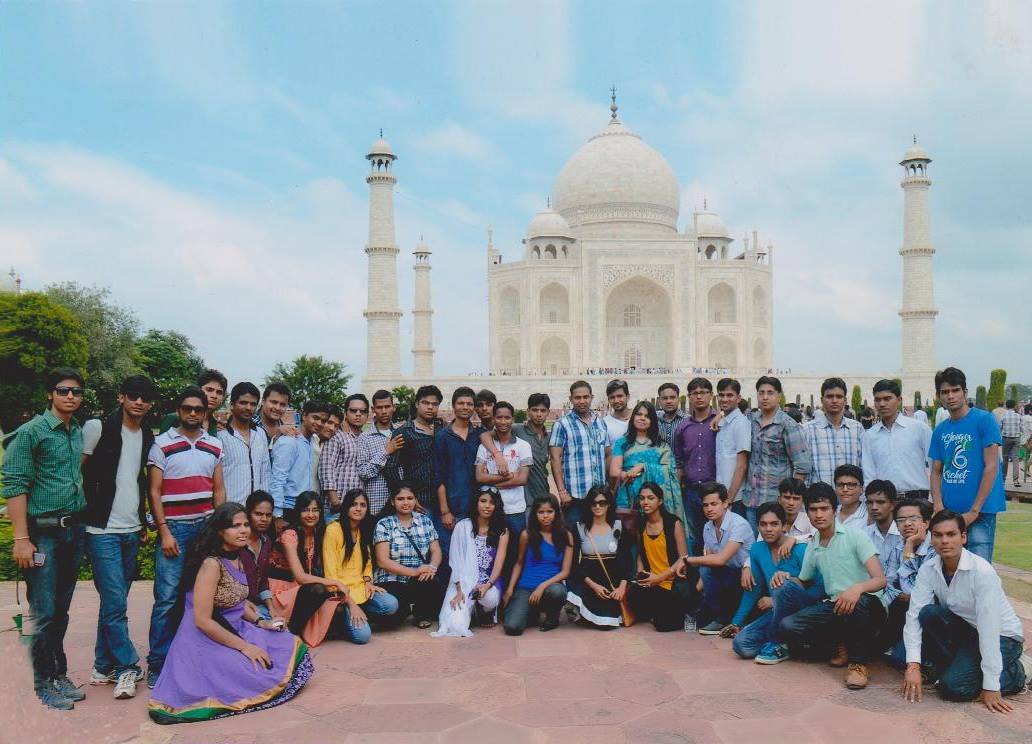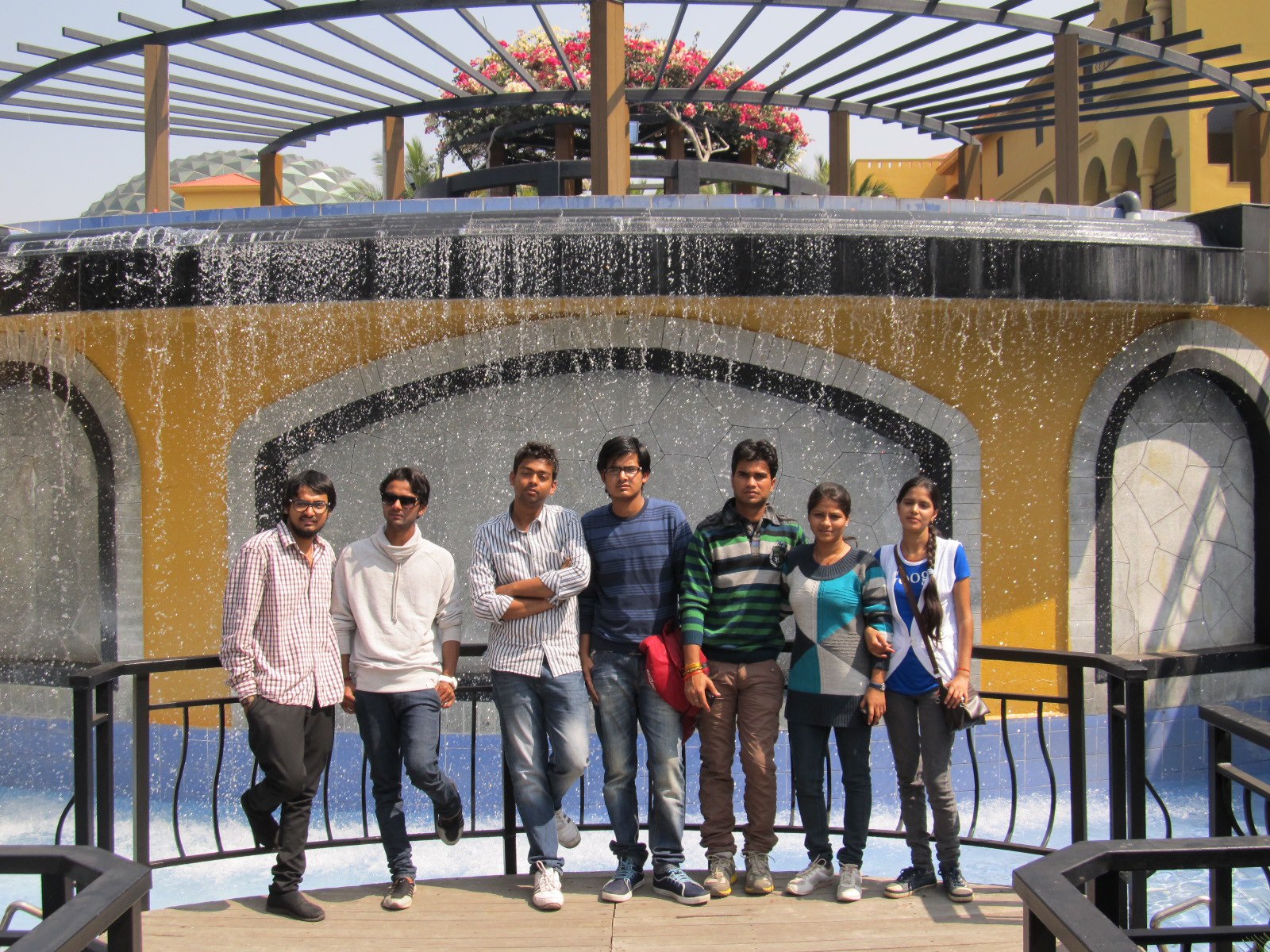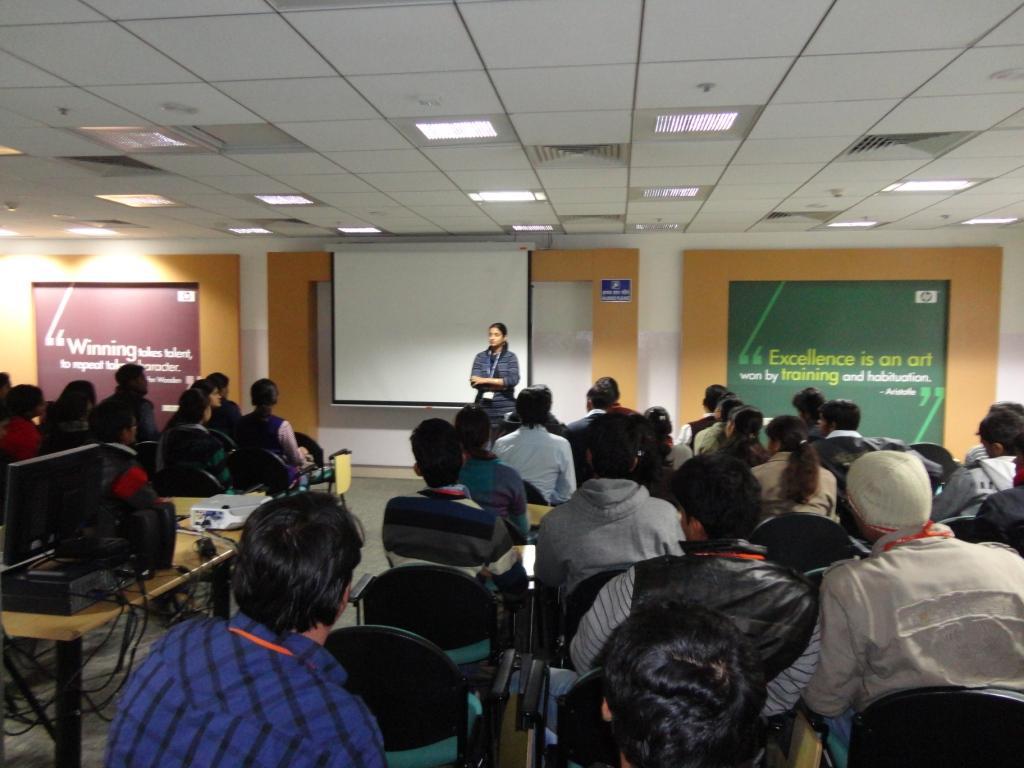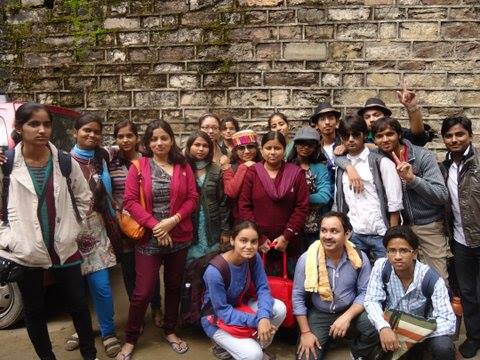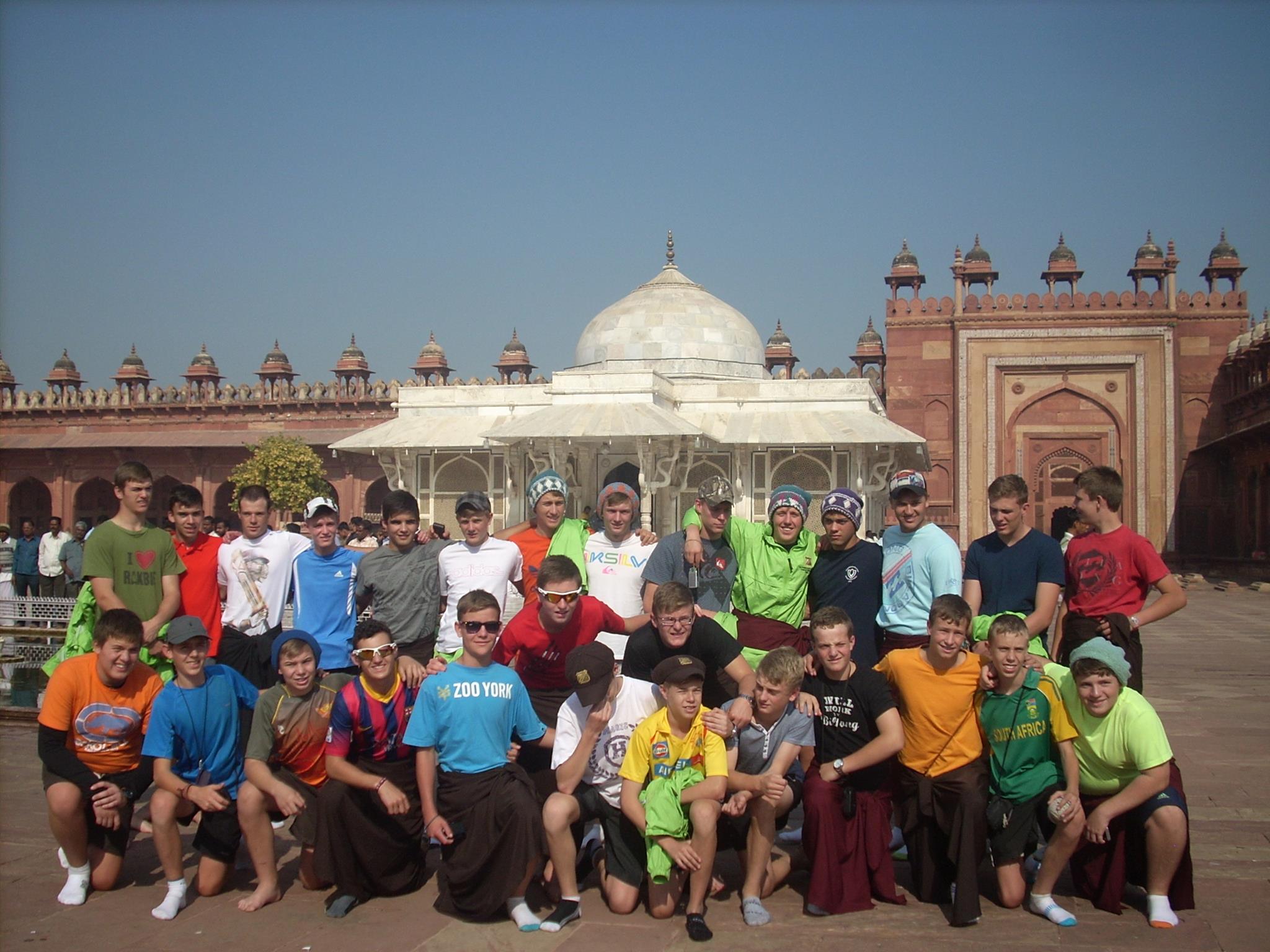3-day itinerary for a tour of Agra, Mathura, and Fatehpur Sikri,
Day 1: Dehradun
- Start the day by visiting the Forest Research Institute (FRI), which is one of the oldest institutions of its kind in the world. Here, you can learn about the various research projects on forestry, biodiversity, and wildlife conservation.
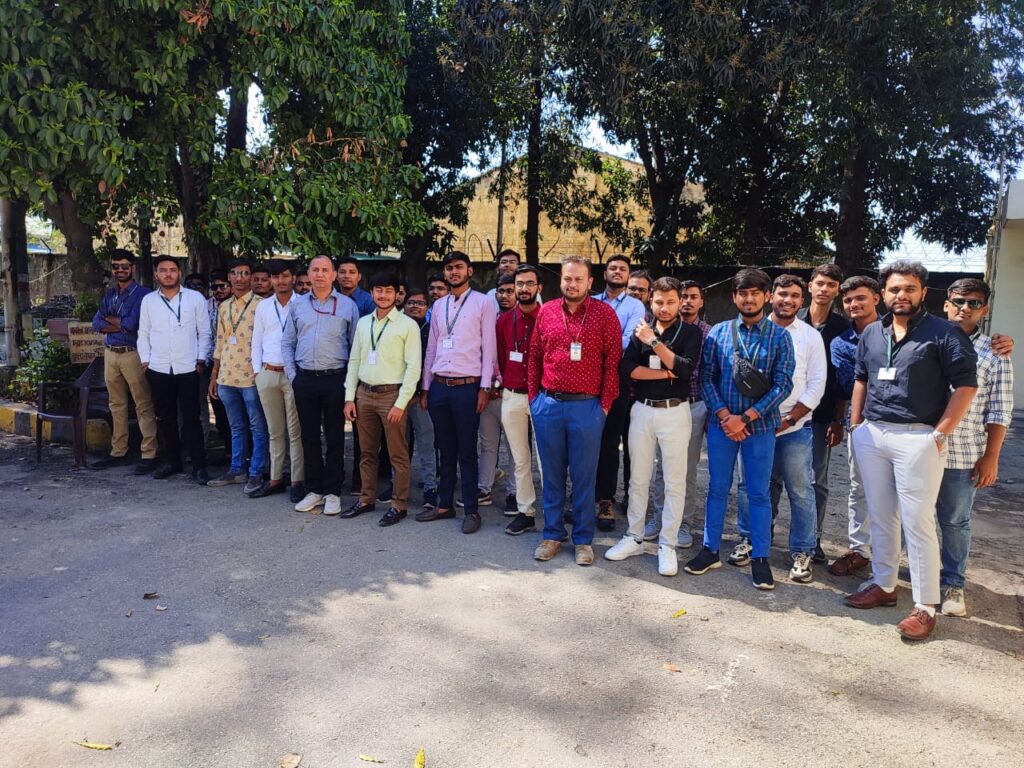
- Next, head to the Selaqui Industrial Area, which is a hub for various industries like pharmaceuticals, textiles, and food processing. You can interact with entrepreneurs and learn about the challenges and opportunities in this region.
- After lunch, visit the Oil and Natural Gas Corporation (ONGC) Museum, which showcases the history and evolution of the Indian petroleum industry. Here, you can learn about the exploration, production, and refining of oil and gas.
- In the evening, you can visit the local markets in Dehradun, such as the Paltan Bazaar, to explore the local cuisine and shop for souvenirs.
Day 2-3: Mussoorie
- Spend the next two days in Mussoorie, which is a famous hill station and a popular tourist destination. You can visit the Kempty Falls, Mall Road, and other local attractions, and indulge in local cuisine and shopping.
Day 4: Rishikesh
- On day four, visit the holy town of Rishikesh, which is a famous pilgrimage site and a hub for adventure sports. You can visit the Parmarth Niketan ashram, Triveni Ghat, and other local attractions, and indulge in activities like river rafting, bungee jumping, and trekking.
Day 5: Haridwar
- On the final day, visit the holy city of Haridwar, which is famous for its temples and pilgrimage sites. You can visit the Har Ki Pauri ghat, Mansa Devi Temple, and other local attractions, and witness the evening aarti ceremony at the ghat.
Note: The above itinerary is just a"Industrial Tour is a premier provider of immersive and educational industrial tours in India, catering to students, professionals, and enthusiasts across a wide range of industries. With customizable packages, competitive prices, and unparalleled customer service, we offer a truly unique and valuable experience for anyone looking to expand their knowledge and network in the field. Our tours cover a diverse range of industries, including technology, manufacturing, energy, and more, and are designed to provide a well-rounded and engaging learning experience. As a certified and award-winning tour operator, we pride ourselves on our expertise, professionalism, and commitment to quality. Whether you're planning a tour for a school group, a corporate team, or a personal interest, we can help you create a customized itinerary that meets your needs and budget. Contact us today to learn more and join us on a journey of discovery!" suggestion and can be customized according to your interests and preferences.
Agra is a city in the northern state of Uttar Pradesh, India. The city has a rich cultural heritage and is home to many historical monuments, including the iconic Taj Mahal. Agra is also known for its leather and shoe industry, which is one of the major sources of employment and revenue in the city.
The leather and shoe industry in Agra has a long history and dates back to the Mughal era. The industry has grown significantly over the years and today, Agra is one of the largest producers of leather goods and shoes in India.
The leather industry in Agra is primarily based on the processing of raw hides and skins into finished leather. The city has a number of tanneries that produce high-quality leather that is used in the manufacturing of shoes, bags, belts, and other leather products. The leather produced in Agra is known for its durability and quality.
The shoe industry in Agra is also a major contributor to the city's economy. Agra is home to many small and medium-sized shoe manufacturing units that produce a range of footwear products, including sandals, slippers, shoes, and boots. These shoe manufacturing units employ a large number of people and contribute significantly to the city's economy.
Apart from the leather and shoe industry, Agra is also known for its handicrafts industry. The city is famous for its intricate marble inlay work, which is used in the production of a range of decorative items, including tabletops, coasters, and vases. The handicrafts industry in Agra provides employment opportunities to many skilled artisans and contributes to the city's cultural and economic growth.
In addition to the above industries, Agra is also home to small-scale industries involved in the production of chemicals, engineering goods, and textiles.
Overall, Agra is a city with a diverse range of industries that contribute to its economic growth and cultural heritage. The city's leather and shoe industry is particularly noteworthy, and offers visitors an opportunity to learn about the traditional craftsmanship and skills that have been passed down through generations. contact us for Agra Industrial Visit.
Here are some major companies in Agra, across different industries:
Relaxo Footwear Limited - A leading footwear manufacturer in India, with a manufacturing facility in Agra.
Lakhani Footwear - A major player in the shoe industry in India, with a manufacturing facility in Agra.
Red Tape Shoes - A well-known brand of footwear in India, with a manufacturing facility in Agra.
Agra Marble Emporium - A company that specializes in the production of inlaid marble products, and is known for its high-quality marble work.
Sheesh Mahal Handicrafts - A company that produces a range of decorative handicrafts, including marble inlay work, brassware, and wood carvings.
Phoenix International - A leading exporter of leather goods, including bags, wallets, belts, and accessories.
Sanjivani Noni - A company that produces health and wellness products, including noni juice and herbal supplements.
Anmol Biscuits - A popular brand of biscuits in India, with a manufacturing facility in Agra.
Indian Oil Corporation Limited (IOCL) - A leading oil and gas company in India, with a refinery and bottling plant in Agra.
Bharat Heavy Electricals Limited (BHEL) - A public sector company that produces a range of heavy electrical equipment, including turbines and generators. BHEL has a factory in Jhansi, which is about 100 km from Agra.
How to reach Agra
Agra is well-connected to other major cities in India by road, rail, and air. Here's how to reach Agra by different modes of transportation:
By Air: The nearest airport to Agra is the Indira Gandhi International Airport in Delhi, which is approximately 200 km away from the city. From Delhi, you can hire a taxi or take a bus to reach Agra. Agra also has its own airport, the Kheria Airport, but it only operates domestic flights.
By Train: Agra is well-connected to other major cities in India by train. The city has four major railway stations - Agra Cantonment, Agra Fort, Raja Ki Mandi, and Idgah Agra Junction. These stations are connected to cities like Delhi, Mumbai, Chennai, Kolkata, and Bangalore by regular train services.
By Road: Agra is well-connected to other major cities in India by road. The city is situated on the National Highway 2, which connects it to Delhi and Kolkata. Agra is also connected to other nearby cities like Jaipur, Gwalior, and Lucknow by a network of state highways.
Once you reach Agra, you can hire a taxi, take a bus or use local transport to explore the city and its attractions.
About Agra
Introduction: Agra is a city located in the northern Indian state of Uttar Pradesh. It is situated on the banks of the river Yamuna and is approximately 200 km south of the capital city of Delhi. Agra is known for its rich cultural heritage, which is reflected in its architecture, art, and traditions. According to the 2011 Census of India, the population of Agra was 1,585,704.
History: Agra has a long and rich history that dates back to ancient times. The city was known as Akbarabad during the reign of the Mughal emperor Akbar, who made it his capital in the 16th century. During this time, Agra became a center of art, culture, and commerce. Many of the city's most famous monuments, including the Taj Mahal and Agra Fort, were built during this period.
In the 18th century, Agra came under the control of the Marathas, who were later defeated by the British. The city remained an important center of commerce and culture under British rule and played a significant role in the Indian independence movement.
Geography: Agra is located in the northern part of India and is situated at an altitude of 169 meters above sea level. The city has a semi-arid climate, with hot summers and cool winters. The monsoon season lasts from July to September and brings much-needed rainfall to the region. The city is situated on the banks of the Yamuna river and is surrounded by hills on three sides.
Demographics: As per the 2011 Census of India, the population of Agra was 1,585,704. The city has a diverse population, with a mix of different ethnic and religious groups. Hindi is the primary language spoken in the city, followed by Urdu and English.
Economy: Agra's economy is primarily based on tourism, its leather and shoe industry, and small-scale industries involved in the production of chemicals, engineering goods, and textiles. The city is home to many small and medium-sized shoe manufacturing units that produce a range of footwear products, including sandals, slippers, shoes, and boots. The leather produced in Agra is known for its quality and durability. Agra is also a major tourist destination and attracts millions of visitors every year. The city is known for its historical monuments, including the Taj Mahal, Agra Fort, and Fatehpur Sikri.
Culture and Arts: Agra is known for its rich cultural heritage, which is reflected in its architecture, art, and traditions. The city has a vibrant arts and music scene, with many festivals and cultural events taking place throughout the year. Some of the major festivals celebrated in Agra include Diwali, Holi, and Eid.
Tourism: Agra is a major tourist destination and attracts millions of visitors every year. The city is known for its historical monuments, including the Taj Mahal, Agra Fort, and Fatehpur Sikri. Other popular tourist attractions in Agra include the Mehtab Bagh, Jama Masjid, and the Tomb of Itimad-ud-Daulah.
Industrial Tour: Apart from the leather and shoe industry, Agra has many small-scale industries involved in the production of chemicals, engineering goods, and textiles. You can plan an industrial tour to visit these industries and learn about their manufacturing processes. Some of the major industrial units in Agra are Agra Chemicals, Apollo Chemicals, and India Dye Chem.
Infrastructure: Agra has a well-developed infrastructure, with good transportation links and public services. The city is connected to other parts of the country by road, rail, and air. Agra has a
